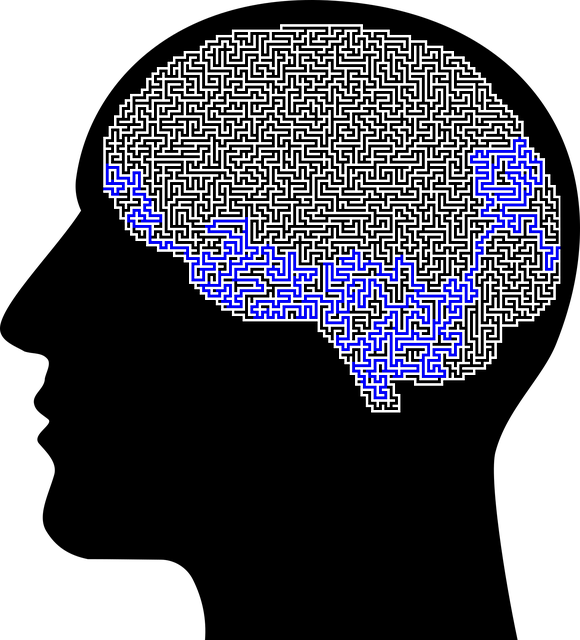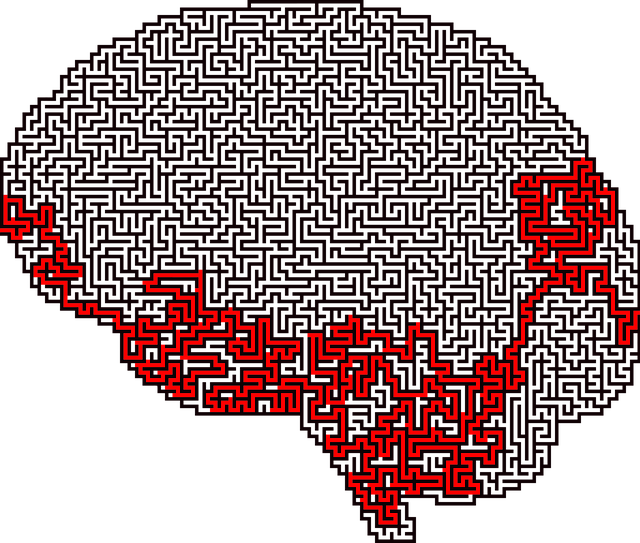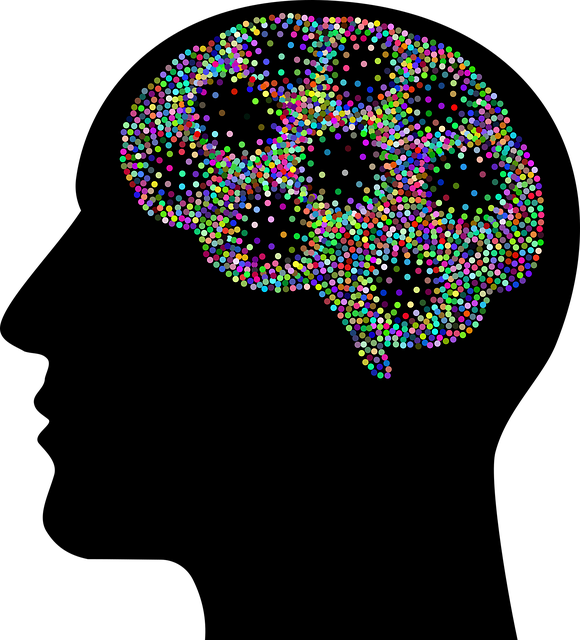Lakewood Cognitive Behavioral Therapy (LCBT) prioritizes understanding mental health data as a foundational step in therapy. Therapists collect qualitative and quantitative data through assessments, sessions, and surveys, tracking clients' thoughts, emotions, behaviors, and well-being over time. Structured data organization is crucial for interpreting patterns and trends, guiding the development of tailored interventions like Resilience Building and Stress Management Workshops. Advanced statistical methods enable LCBT to identify mental health trends among specific populations, inform evidence-based practices, and refine treatment approaches based on effectiveness and demographic factors, ultimately offering personalized care for enhanced positive outcomes.
Mental health data analysis is a powerful tool for understanding and improving well-being. This article explores effective strategies for analyzing mental health data, focusing on how Lakewood Cognitive Behavioral Therapy can leverage this information. From collecting and organizing data to uncovering trends using statistical techniques, each step is crucial in translating insights into actionable strategies. By delving into these processes, we aim to enhance the effectiveness of mental health treatments, ultimately fostering better outcomes for individuals seeking support at Lakewood CBT.
- Understanding Mental Health Data: Collect and Organize Effectively
- Analyzing Trends: Uncovering Insights with Statistical Techniques
- Interpreting Results: Translating Data into Actionable Strategies for Lakewood Cognitive Behavioral Therapy
Understanding Mental Health Data: Collect and Organize Effectively

Understanding Mental Health Data is a pivotal first step in any analysis process. Effective collection and organization of data are essential to ensure accuracy and gain meaningful insights. In the context of Lakewood Cognitive Behavioral Therapy, therapists play a crucial role in gathering qualitative and quantitative data from clients, through assessments, therapy sessions, and self-reported surveys. This data reflects individuals’ thoughts, emotions, behaviors, and overall well-being over time.
A structured approach to organizing this information is vital for meaningful interpretation. By categorizing and labeling data appropriately, therapists can identify patterns, trends, and correlations that highlight specific challenges and areas of growth. For instance, a careful analysis might reveal connections between certain triggers and relapses, guiding the development of tailored interventions like Resilience Building and Confidence Boosting strategies. Moreover, organized mental health data forms a solid foundation for evaluating the effectiveness of therapy and Stress Management Workshops, allowing for continuous improvement in treatment approaches.
Analyzing Trends: Uncovering Insights with Statistical Techniques

Analyzing trends within mental health data using statistical techniques is a powerful method to uncover valuable insights and guide therapeutic practices, including Lakewood Cognitive Behavioral Therapy (CBT). By applying sophisticated algorithms and models, researchers and healthcare providers can identify patterns in patient outcomes, treatment responses, and demographic factors. This process enables them to go beyond individual cases and gain a broader understanding of mental health trends within specific populations.
For instance, analyzing data from diverse patient groups can reveal correlations between cultural backgrounds and the effectiveness of certain therapies, such as Self-Esteem Improvement techniques or Healthcare Provider Cultural Competency Training. Furthermore, tracking emotional healing processes over time may lead to the development of evidence-based interventions tailored to address prevalent mental health challenges in communities served by Lakewood CBT therapists.
Interpreting Results: Translating Data into Actionable Strategies for Lakewood Cognitive Behavioral Therapy

Interpreting data from mental health assessments is a crucial step for Lakewood Cognitive Behavioral Therapy (LCBT) to develop effective treatment plans. By translating complex information into actionable strategies, therapists can provide tailored guidance that addresses clients’ unique needs. This involves identifying patterns and trends within the data, such as prevalent emotional triggers, cognitive distortions, or behavioral habits. For instance, a client’s detailed Mental Wellness Journaling Exercise might reveal consistent stress responses tied to specific work-related situations, pointing to Burnout Prevention as a key focus area.
The interpretation process empowers LCBT therapists to move beyond generic approaches and customize therapy sessions. They can design interventions aimed at modifying unhelpful thought patterns, enhancing emotional healing processes, and promoting healthier coping mechanisms. This data-driven approach ensures that each client receives personalized care, increasing the likelihood of positive outcomes and fostering long-term mental wellness.
Effective mental health data analysis is a game-changer for institutions like Lakewood Cognitive Behavioral Therapy. By understanding, collecting, and interpreting data, therapists can uncover significant trends and insights, leading to more tailored and successful treatment strategies. This article has outlined the process from data collection to interpretation, emphasizing the power of statistical techniques in improving patient outcomes. With this knowledge, Lakewood CBT can enhance its practices, ensuring a more comprehensive and impactful therapeutic approach.














